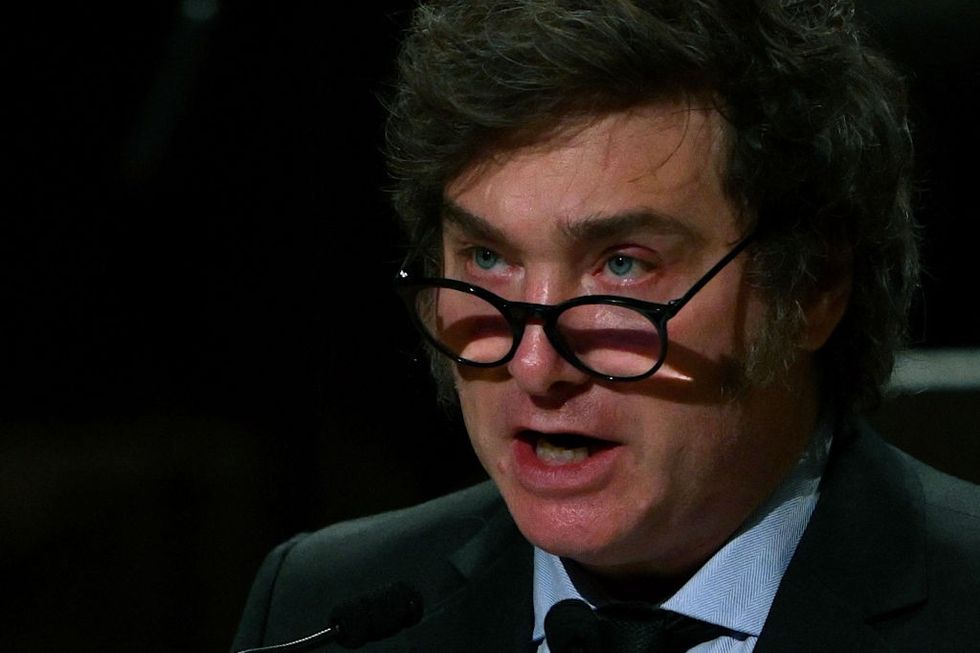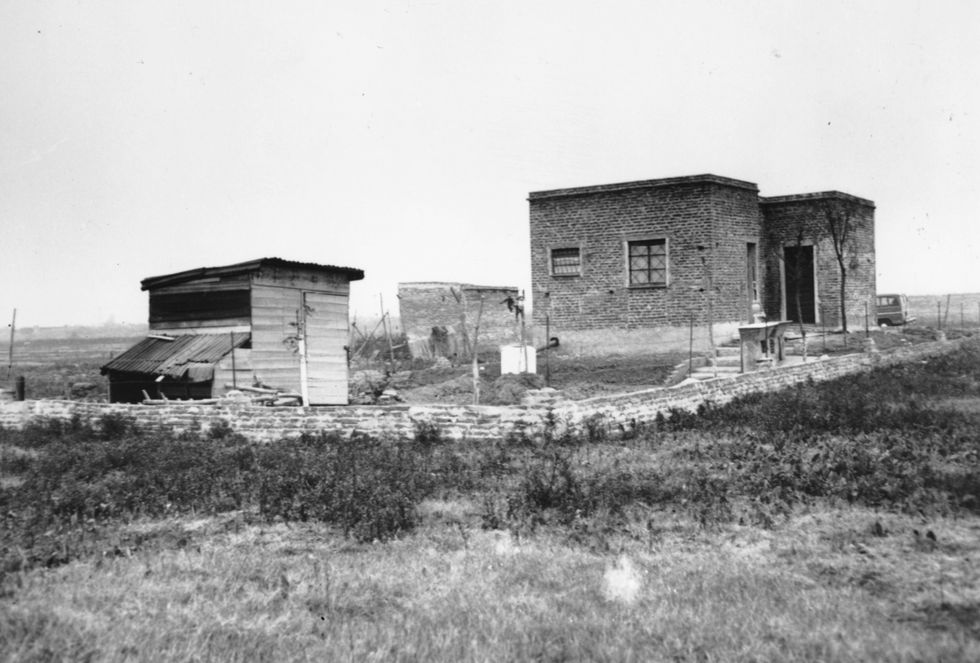Argentina’s President to open top-secret files on how Nazis fled to South America
Argentina’s President Javier Milei has promised to grant the Simon Wiesenthal Center access to documents related to Nazi “ratlines” – escape routes that helped thousands of Nazis flee to Argentina after World War II.
The commitment was made during a meeting at the presidential palace in Buenos Aires.
For decades, organisations including the Simon Wiesenthal Center have sought records related to these unofficial escape routes.
Up to 10,000 Nazis and other fascist war criminals escaped justice by fleeing to Argentina and other countries.

The promise was made on Tuesday at Casa Rosada, the presidential palace, during a meeting with Milei and activists.
Rabbi Abraham Cooper, associate dean of the Simon Wiesenthal Center, praised the president’s swift action.
“While some previous leaders promised full cooperation to get to the hard truths that involved Argentina’s past, Milei is the first to act with lightning speed to enable the SWC to uncover important pieces of the historic puzzle,” Cooper told The Times of Israel.
During the meeting, Milei was presented with a letter from US Senator Charles Grassley requesting assistance in uncovering how the ratlines were organised and funded.
MORE LIKE THIS:
- Argentina’s Javier Milei ‘as mad as a bucket of spiders’ as leader sees new Falklands opportunity
- Britain needs ‘to do an Argentina’ and this is why – The Brazier Angle
- WATCH: Golf club manager speaks out after Nazi symbol carved on green
The “ratlines” were elaborate escape routes developed with unofficial support from several Vatican officials in 1942, initially as an escape path for Catholics fleeing Europe.
One primary route went through Germany and Spain, then across the Atlantic to Argentina.
The second route went from Germany to Rome, then Genoa, and across the Atlantic.
Several countries received Nazi fugitives, including Canada, the US, Mexico, Australia, Spain, and Switzerland.

In some cases, US intelligence officials used ratlines to extract top Nazi scientists from Soviet influence.
Up to 5,000 Nazis are believed to have settled in Argentina, including Holocaust “architect” Adolf Eichmann and the so-called “Angel of Death” Josef Mengele.
Mengele, the notorious Auschwitz physician, fled Europe in 1948 using the new identity of Helmut Gregor.
Support for harbouring Nazi war criminals went to the highest levels in Argentina. President Juan Peron was angered by the Nuremberg Trials and authorised key facets of the escape routes, making them a state affair. The Peron regime also aided war criminals from Hungary, Croatia and elsewhere.

Efraim Zuroff, who directed the SWC office in Jerusalem until last year, believes the archives may only help historians.
“President Milei’s historic decision signals his unequivocal allyship with the Jewish community while reinforcing his commitment to accountability and transparency at home,” he said.
Milei has also made other gestures of solidarity with the Jewish community, including declaring two days of national mourning for the slain Bibas hostages.

